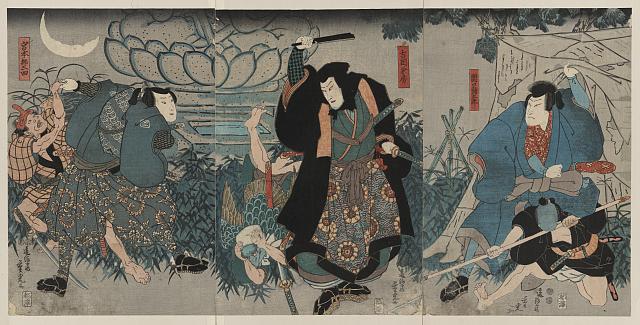Frank Ferera and Anthony Franchini making a recording with vocalist The Crescent Trio, December 9, 1920.
On Wednesdays I try to post a "Mid Week At Work" item, but I don't always do it. Indeed, I miss that feature more often than not. Yesterday, oddly enough, I looked for a photograph of a professional singer to post for that theme, getting my days of the week messed up for the second week in a row.
Today, I just happened to stumble across the photo posted above, which is 100 years old, today.
Frank Ferera was a professional musician and was Portuguese Hawaiian. For those who might not know, the Portugese were and are an important demographic in Hawaii. Ferera came to the mainland in 1915 and remained there as a musician thereafter. He died at age 66 in 1951. While Ferera would always remain a guitar player, he quit being a professional musician, at leat for a time, abruptly in 1927, at which time steel guitars were supplanting conventional guitars in Hawaiian music, which was his genra.
Anthony Franchini was an Italian born guitar player who partnered with Ferera and, even though he was an Italian by birth, he too specialized at first in Hawaiian music. He'd come to the US as a boy with his immigrant family and was self taught. He was a veteran of World War One, having served as an artilleryman, and having joined the Army prior to becoming a U.S. citizen.
He continued on with a long and prolific music career after Ferera quit. He served in the Army again as a Drill Instructor, at which time he became a U.S. citizen. Late in life he moved to Nevada and re arranged The Star Spangled Banner, with Nevada backing his arrangement in several bills in Congress in an attempt to have them officially adopted. During this period he was active in Republican politics. He died 1997 at age 99.
Dr. Oliveira de Lima and his wife Flora on this date in 1920. He was just 53 years old at the time this photograph was taken, which says something about aging in earlier eras.
Dr. Oliveira de Lima, a Brazilian retired diplomat, was photographed on this day in 1920. This same year he was the donor of a major Hispanic book collection to the Catholic University of America.
Dr. Olieveira would live until 1928. Flora until 1940. The book collection remains at the Catholic University.
Freshman members of Congress, December 9, 1920. Heck, with the average age of American politicians being what it is, these guys are probably all still there.
A new Congress was rolling into Washington D. C. It's notable that at this point in the nation's history, the Presidential inauguration was still in March. Given this, this wasn't a lame duck Congress, but they had a lame duck President still for months.
At this point in time visiting delegations from the French and British militaries were still quite common in the wake of the Great War, and the French were still giving decorations to American military figures.
U.S. Army General Peter C. Harris receiving decoration from visiting French delegation.
Gen. Peter C. Harris received one such award on this day.
Harris had entered the U.S. Army in 1888, after graduating from West Point, and first served as an infantry officer. He'd been at Kettle Hill during the Spanish American War and was, at the time of this photograph, the Adjutant General. He would live until 1951.





















